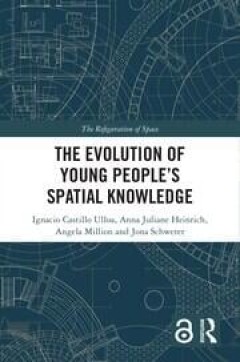Filter by
Found 2 from your keywords: author="Ignacio Castillo Ulloa...

Spatial transformations :kaleidoscopic perspectives on the refiguration of sp…
- Edition
- -
- ISBN/ISSN
- -
- Collation
- -
- Series Title
- -
- Call Number
- -
- Edition
- -
- ISBN/ISSN
- -
- Collation
- -
- Series Title
- -
- Call Number
- -

The Evolution of Young People’s Spatial Knowledge
Young people imagine, perceive, experience, talk about, use, and produce space in a wide variety of ways. In doing so, they acquire and produce stocks of spatial knowledge. A quite dynamic and ever-changing process by nature, young people’s production and acquisition of spatial knowledge are susceptible to many kinds of conditions—from those that shape their everyday routines to those that …
- Edition
- -
- ISBN/ISSN
- -
- Collation
- -
- Series Title
- -
- Call Number
- -
 Computer Science, Information & General Works
Computer Science, Information & General Works  Philosophy & Psychology
Philosophy & Psychology  Religion
Religion  Social Sciences
Social Sciences  Language
Language  Pure Science
Pure Science  Applied Sciences
Applied Sciences  Art & Recreation
Art & Recreation  Literature
Literature  History & Geography
History & Geography